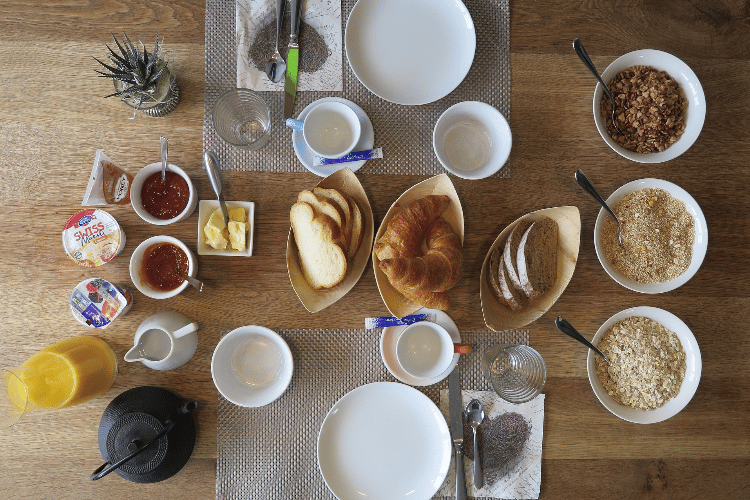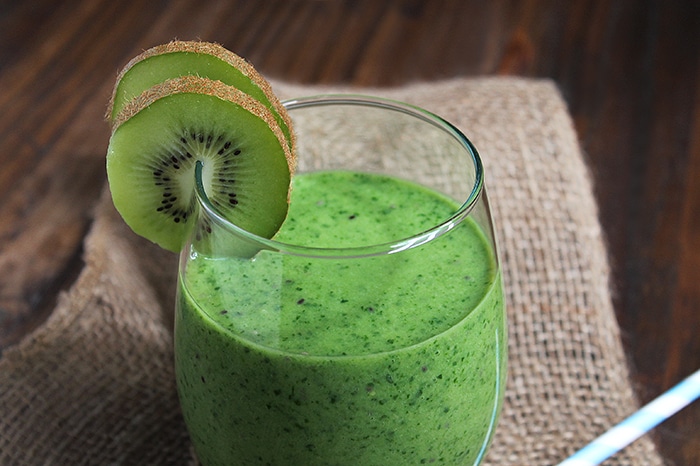
What’s The Difference Between Vitamins and Minerals?
Vitamins and minerals make people’s bodies work properly. Although you get vitamins and minerals from the foods you eat every day, some foods have more vitamins and minerals than others.
Vitamins fall into two categories:
- Fat soluble
- Water soluble.
The fat-soluble vitamins — A, D, E, and K — dissolve in fat and can be stored in your body. The water-soluble vitamins — C and the B-complex vitamins (such as vitamins B6, B12, niacin, riboflavin, and folate) — need to dissolve in water before your body can absorb them. Because of this, your body can’t store these vitamins. Any vitamin C or B that your body doesn’t use as it passes through your system is lost (mostly when you pee). So you need a fresh supply of these vitamins every day.
Whereas vitamins are organic substances (made by plants or animals), minerals are inorganic elements that come from the soil and water and are absorbed by plants or eaten by animals. Your body needs larger amounts of some minerals, such as calcium, to grow and stay healthy. Other minerals like chromium, copper, iodine, iron, selenium, and zinc are called trace minerals because you only need very small amounts of them each day.

| Type | Benefits | Sources | Quantity |
| Calcium | Calcium is vital for building strong bones and teeth. The time to build strong bones is during childhood and the teen years, so it’s very important to get enough calcium now to fight against bone loss later in life. Weak bones are susceptible to a condition called osteoporosis, which causes bones to break easily. | Milk and other dairy products — such as yogurt, cheese, and cottage cheese — are good sources of calcium. You’ll also find this mineral in broccoli and dark green, leafy vegetables. Soy foods and foods fortified with calcium, including some kinds of orange juice and soy milk, are also good sources. | Teen guys and girls need 1,300 mg (milligrams) of calcium each day. |
| Iron | Iron helps red blood cells carry oxygen to all parts of the body. Symptoms of iron-deficiency anemia include weakness and fatigue, lightheadedness, and shortness of breath. | Iron-rich foods include red meat, pork, fish and shellfish, poultry, lentils, beans and soy foods, green leafy vegetables, and raisins. Some flours, cereals, and grain products are also fortified with iron. | Teen guys need 11 mg of iron a day and teen girls need 15 mg. Girls need higher amounts because they lose iron through blood during menstruation. |
| Magnesium | Magnesium helps muscles and nerves function, steadies the heart rhythm, and keeps bones strong. It also helps the body create energy and make proteins. | You get magnesium from whole grains and whole-grain breads, nuts and seeds, green leafy vegetables, potatoes, beans, avocados, bananas, milk, and chocolate (yes, chocolate!). | Teen guys need 410 mg of magnesium each day and girls need 360 mg. |
| Phosphorus | Phosphorus helps form healthy bones and teeth. It also helps the body make energy. It is part of every cell membrane, and every cell in the body needs phosphorus to function normally. | Phosphorus is found in most foods, but the best sources are dairy foods, meat, and fish. | Teen girls and guys should aim for 1,250 mg of phosphorus each day. |
| Potassium | Potassium helps with heart, muscle, and nervous system function. It also helps the body maintain the balance of water in the blood and body tissues. | Potassium is found in broccoli, potatoes (with skins), green leafy vegetables, citrus fruits, bananas, dried fruits, and legumes such as peas and lima beans. | Teen girls and guys should aim for 4,700 mg of potassium each day. |
| Zinc | Zinc is important for normal growth, strong immunity, and wound healing. | You’ll find zinc in red meat, poultry, oysters and other seafood, nuts, dried beans, milk and other dairy products, whole grains, and fortified breakfast cereals. | Teen guys need 11 mg of zinc a day and teen girls need 9 mg. |






